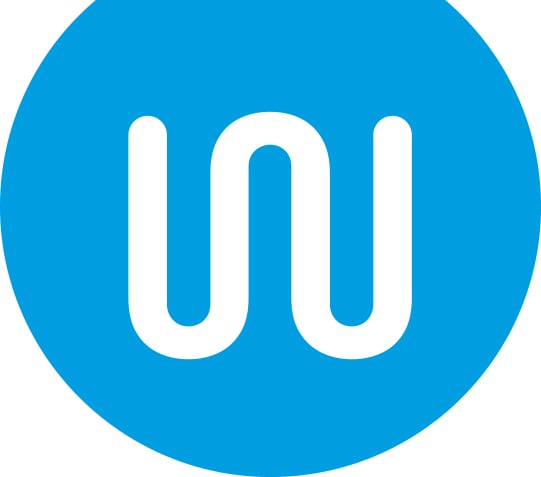How to Finance Your Solar Panel Installation in Ireland
Investing in solar panels is one of the smartest ways to reduce your energy bills and future-proof your home or business against rising electricity costs. But for many Irish homeowners, the big question is: how do you pay for it?
The good news is that solar has never been more affordable, thanks to government grants, flexible financing options, and the long-term savings it brings. In this guide, we’ll walk you through the main ways to finance a solar panel installation in Ireland.
1. SEAI Solar PV Grant
The Sustainable Energy Authority of Ireland (SEAI) offers a grant of up to €1,800 for domestic solar panel installations.
- Available to homeowners who own and live in the property.
- The grant amount depends on the system size (up to 4 kWp).
- An additional €600 is available for a home battery if installed with solar.
This grant reduces upfront costs significantly, making solar more accessible.
2. Green Home Improvement Loans
Many Irish banks and credit unions now offer green loans with lower interest rates for energy-efficient home improvements.
- Flexible repayment terms (often up to 10 years).
- Rates are typically more competitive than standard personal loans.
- Can be combined with SEAI grants to reduce borrowing needs.
Examples include green loans from AIB, Bank of Ireland, and An Post.
3. Personal Savings & Partial Financing
Some homeowners choose to part-fund their installation using savings and then finance the remainder.
- Reduces the amount of interest paid over time.
- Offers peace of mind by keeping monthly repayments lower.
- Works well if you want to avoid taking on large debt.
4. Solar Leasing & Power Purchase Agreements (PPAs) – For Businesses
Commercial properties can benefit from solar leasing or PPA arrangements, where a third-party finances the installation.
- No large upfront costs.
- Businesses pay a fixed fee or discounted rate for the solar electricity generated.
- Great option for SMEs and larger organisations that want green energy without capital investment.
5. Mortgage Top-Ups or Home Improvement Loans
For homeowners, another option is to add the cost of solar installation to your mortgage.
- Spreads repayments over a long term.
- Interest rates are usually lower than personal loans.
- Best suited if you’re already considering refinancing or have equity available.
6. Long-Term Payback & Savings
Even without financing, solar panels pay for themselves in the long run.
- 30–50% reduction in electricity bills.
- Typical payback period: 5–7 years.
- With feed-in tariffs, you can sell excess electricity back to the grid, further improving returns.
Choosing the Right Option for You
The best financing route depends on your personal situation:
- Homeowners with savings: combine SEAI grant + savings for fastest ROI.
- Homeowners without savings: consider a green loan or mortgage top-up.
- Businesses: look at leasing or PPAs to reduce upfront costs.
Final Thoughts
Switching to solar in Ireland is no longer just an environmental decision, it’s a financially smart one. With SEAI grants, affordable loans, and clear long-term savings, there’s a financing option to suit almost every household and business.
At WattCharger, we’ll guide you through the process, from grant applications to cost breakdowns, so you can make an informed investment in clean, renewable energy.
👉 Contact us today for a free consultation and tailored solar financing advice.
Blog Author: Rowan Egan
